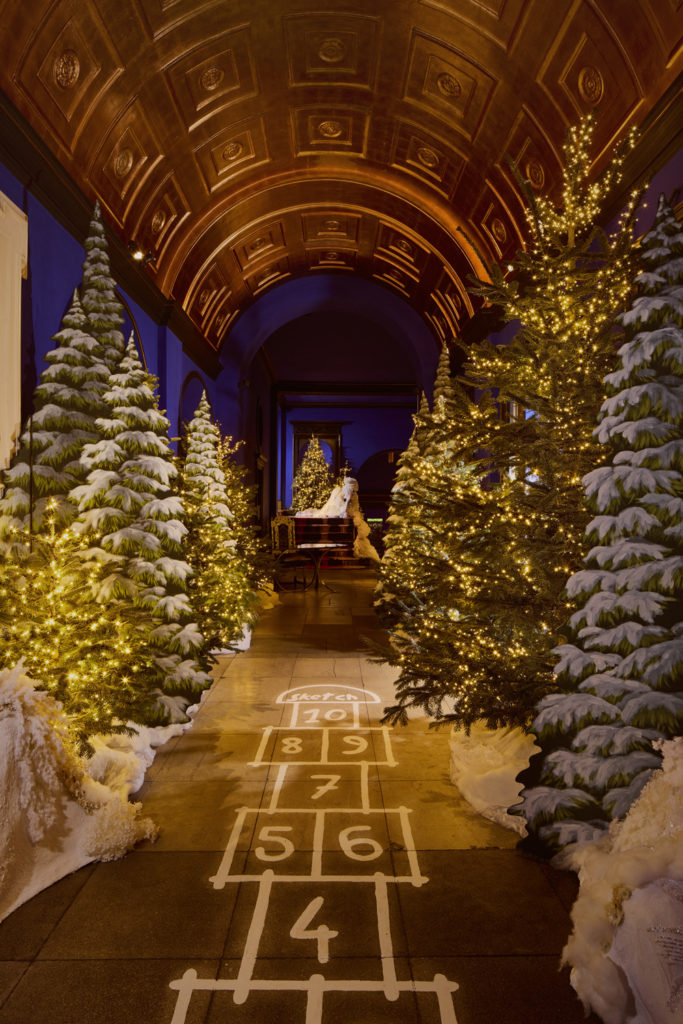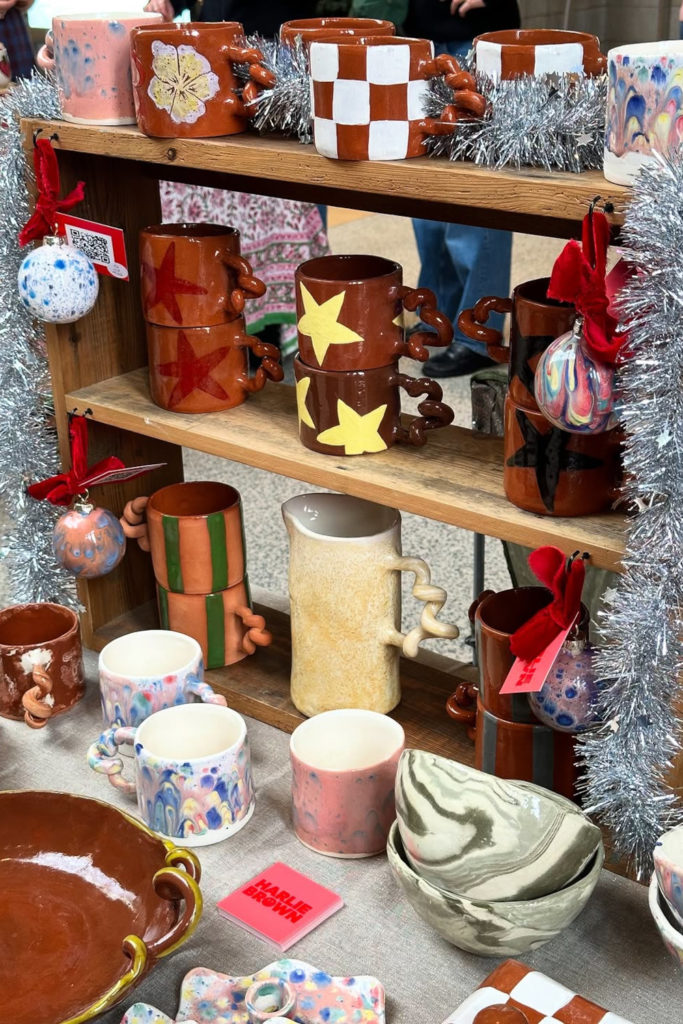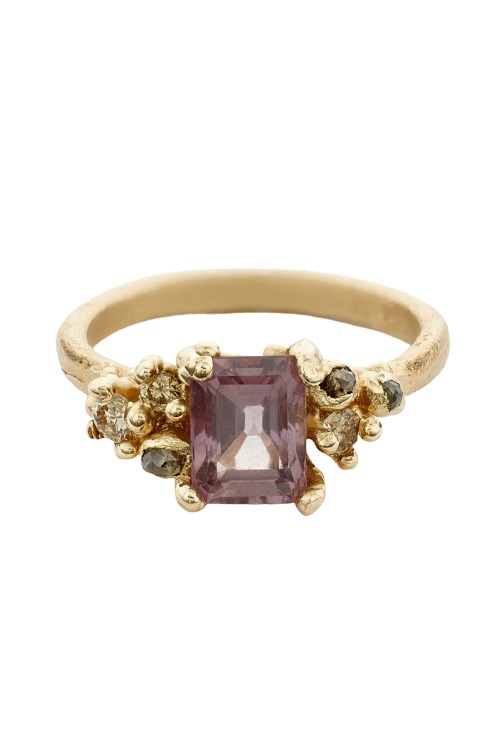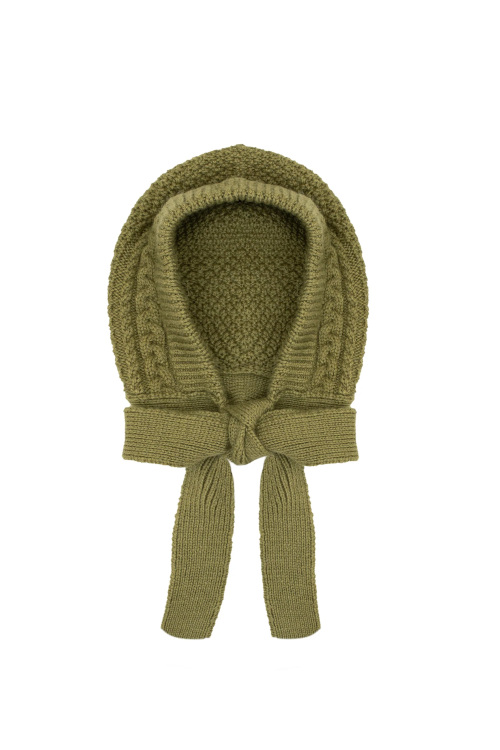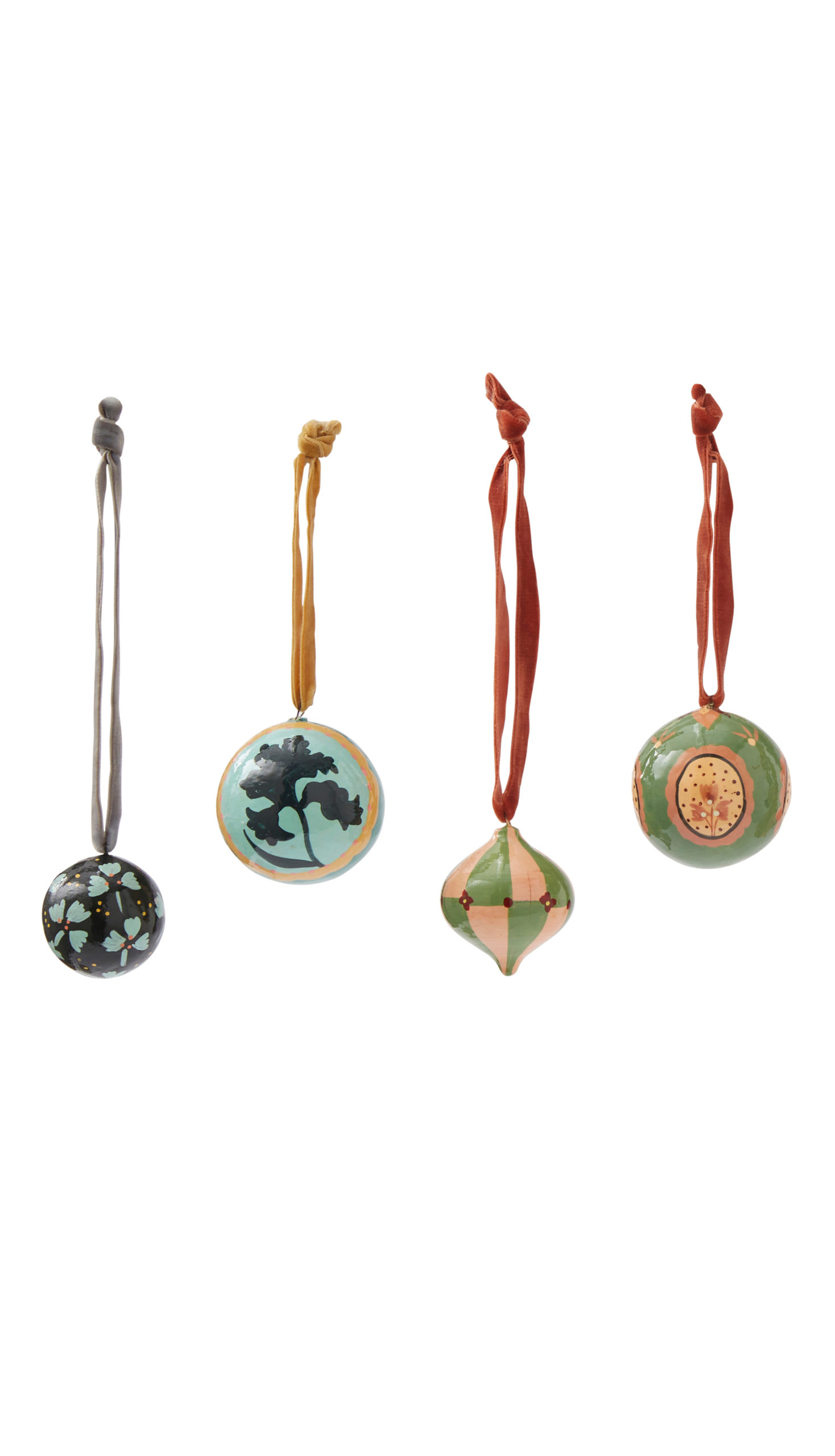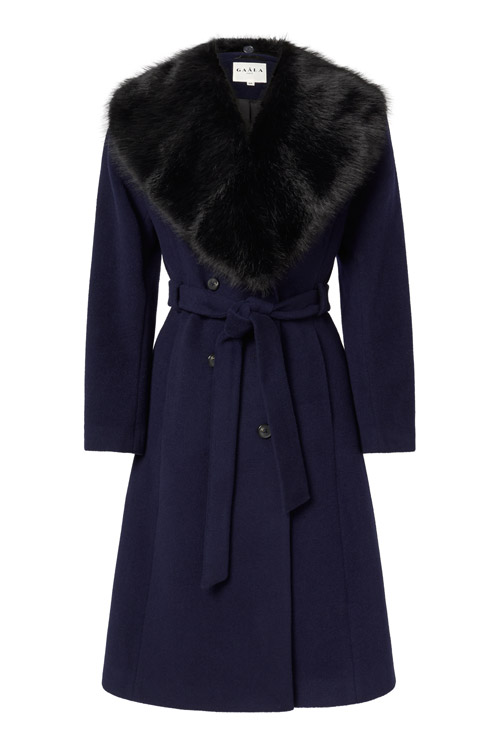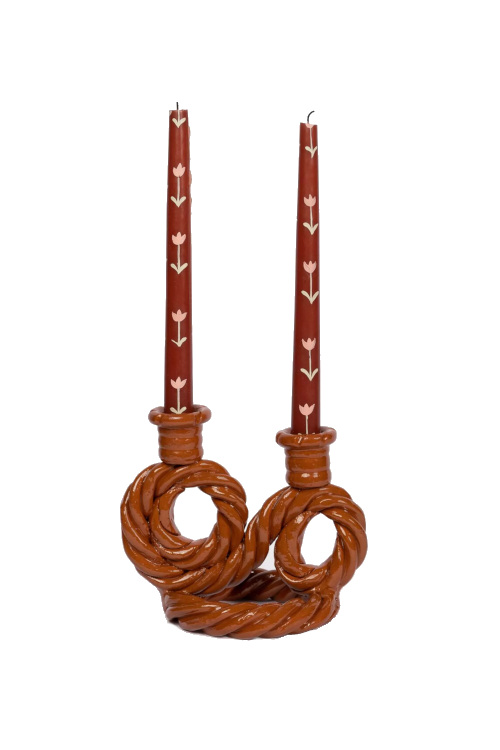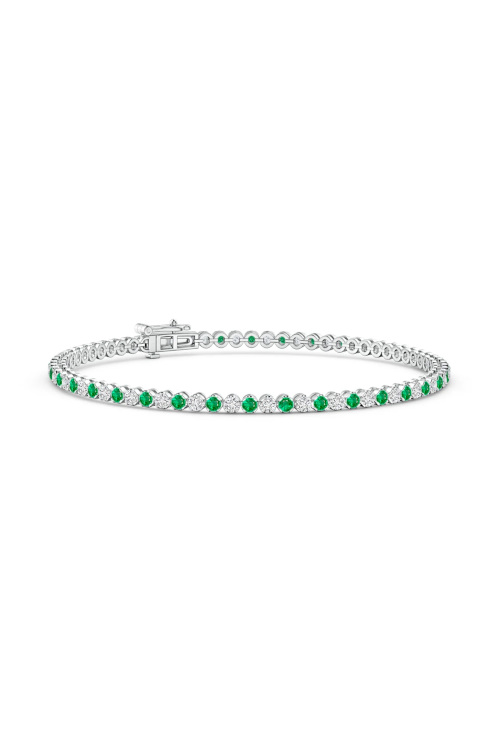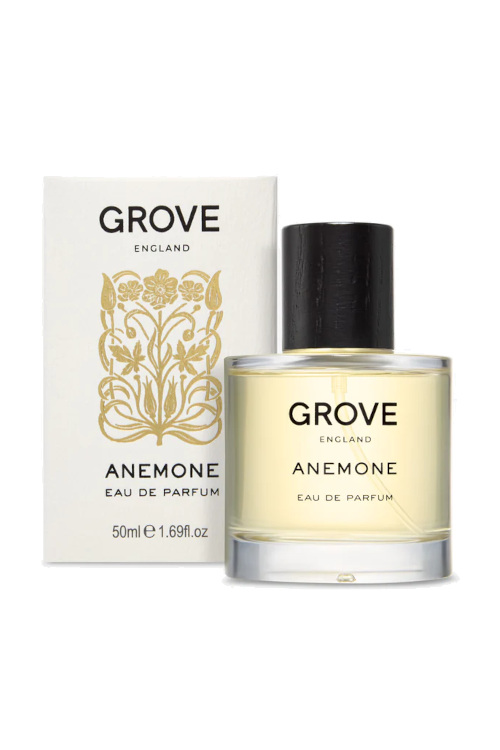Shooting Is Transforming The Conservation Landscape – And It’s For The Better
By
3 months ago
Country estates across the UK are thriving, thanks to this game-changing relationship
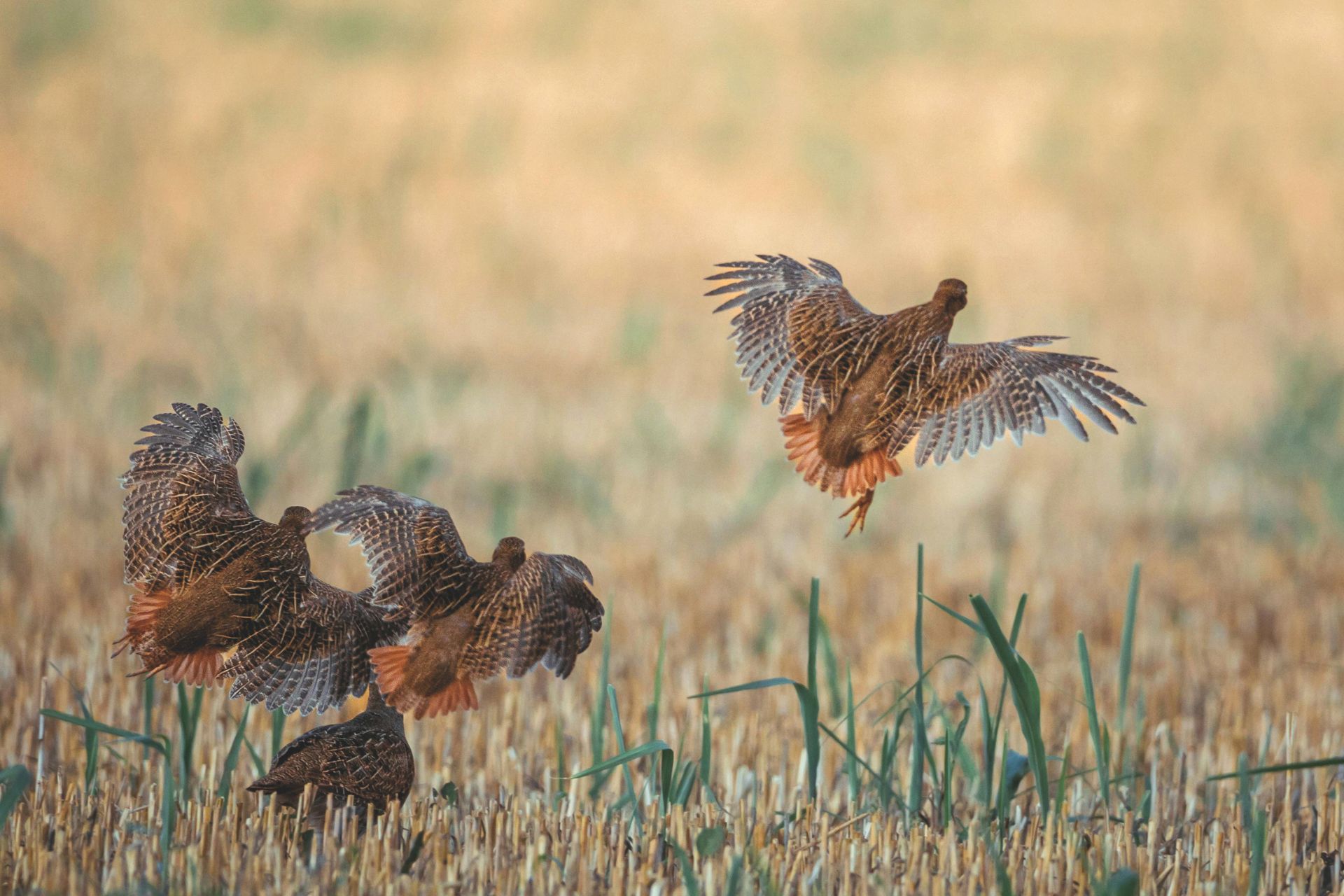
In the decade since 2015, an almighty transformation has come to the Godmersham estate near Canterbury. Where there were once no barn owls, now there are five pairs. Where the field edges were bare of hare, now more than 100 spring around. Miles of new hedgerows have been planted, and beetle banks created; wildflower margins have been established, and more than 400 bird boxes built and erected. Meanwhile, rare species – nightingales, grey partridges, tree sparrows – not seen there for decades have returned.
This is the story of nature recovery, but one within a landscape that has long been home to a traditional pheasant shoot. These two ideas might seem at odds with one another, but this is modern-day good, sustainable land management, an example of what old gamekeepers call the three-legged stool of conservation – combining habitat, food and predator control, with glorious results. It’s about ‘trying to get back to something that’s a bit softer,’ says Godmersham’s estate manager Ben Palmer. ‘As agriculture became more intensive, wild game suffered and the put-and-take system of incubator-hatched birds allowed for quantity without much concern for habitat quality.’ But now, he says, increasingly people are once again instigating the three key principles, ‘which is having a transformative impact on farmland diversity’.
A Natural Relationship: Shooting And Conservation
Palmer isn’t the only one trying a new approach to land management: last year, the Value of Shooting report found that habitat management and conservation are carried out on 7.6 million hectares as a result of shooting. Various awards have been established to celebrate and promote good work in this area: joining the long-established Purdey Awards this year are the Schöffel Countryside Awards, the judging for which concludes in October to recognise the best nature-friendly farm or estate alongside those individuals who have dedicated their working lives to conservation.
The most famous example of success in this area hails from West Sussex, where the Peppering Project has restored grey partridges on the Duke of Norfolk’s estate. In 2003, there were fewer than 40 grey partridges left on the South Downs and only 11 in the Peppering count area. With the birds at risk of going extinct, ‘the Duke said, “not on my watch”,’ says campaigner Roger Morgan-Grenville, whose book The Return of the Grey Partridge chronicles the project’s progress. The estate changed the way it farmed, dividing up prairie-sized fields and establishing hedges to give the birds a chance, seeded by nine pairs brought from Sandringham by Prince Philip.
By 2014, there were more than 2,000 grey partridges back at Peppering (a figure that remains more or less steady today) and the project has been an extraordinary success. Morgan-Grenville credits this to ‘the Duke’s single-minded determination’, as well as those of the head keeper Charlie Mellor, the Game & Wildlife Conservation Trust’s Dick Potts, and the farm manager, ‘who worked not in opposition but in absolute concert. And the Duke vowed,’ says Morgan-Grenville, ‘they would not shoot a bird until they had a shootable surplus – and that took seven or eight years.’
The Peppering Biodiversity Project
The Peppering Project has inspired a number of similar initiatives, but you would be forgiven for thinking it seemed exceptional. In recent years, the relationship between shooting and conservation has sometimes seemed a little confused. ‘We have allowed shooting to become a business,’ says Richard Negus, author of Words from the Hedge: A Hedgelayer’s View of the Countryside. ‘It’s now “the shooting industry” – all it was ever supposed to do was wash its face.’ Now, with luxury sporting experiences increasingly part of the top-end business, parts of the sport have been caught in commercialism’s sticky web. As Negus says: ‘As soon as you get commercialisation then greed kicks in and that’s where it’s gone wrong.’ That idea is summed up in the large bags of birds being reared and then shot. A number of those to whom I spoke for this feature cited days with bags of 600 or 700 birds being shot; one remembered how he had once loaded on a 1,000-bird day: ‘Bizarre’.
But the tide is turning towards Palmer’s idea of something softer. On the Earl of Leicester’s Holkham estate in north Norfolk, home to one of England’s largest nature reserves, head of conservation Jakes Fiennes and the bowler-hatted head gamekeeper Mark Fitzer work in harmony. ‘The game department carry out species management on the reserve and Mark loves going out on it,’ says Fiennes. ‘He loves that part of this role, protecting lapwings from rats – there’s no conflict.’ Recently the pair went out together surveying the scene: ‘We saw buzzards and harrier and kites and they’re just part of the landscape – we live with them.’
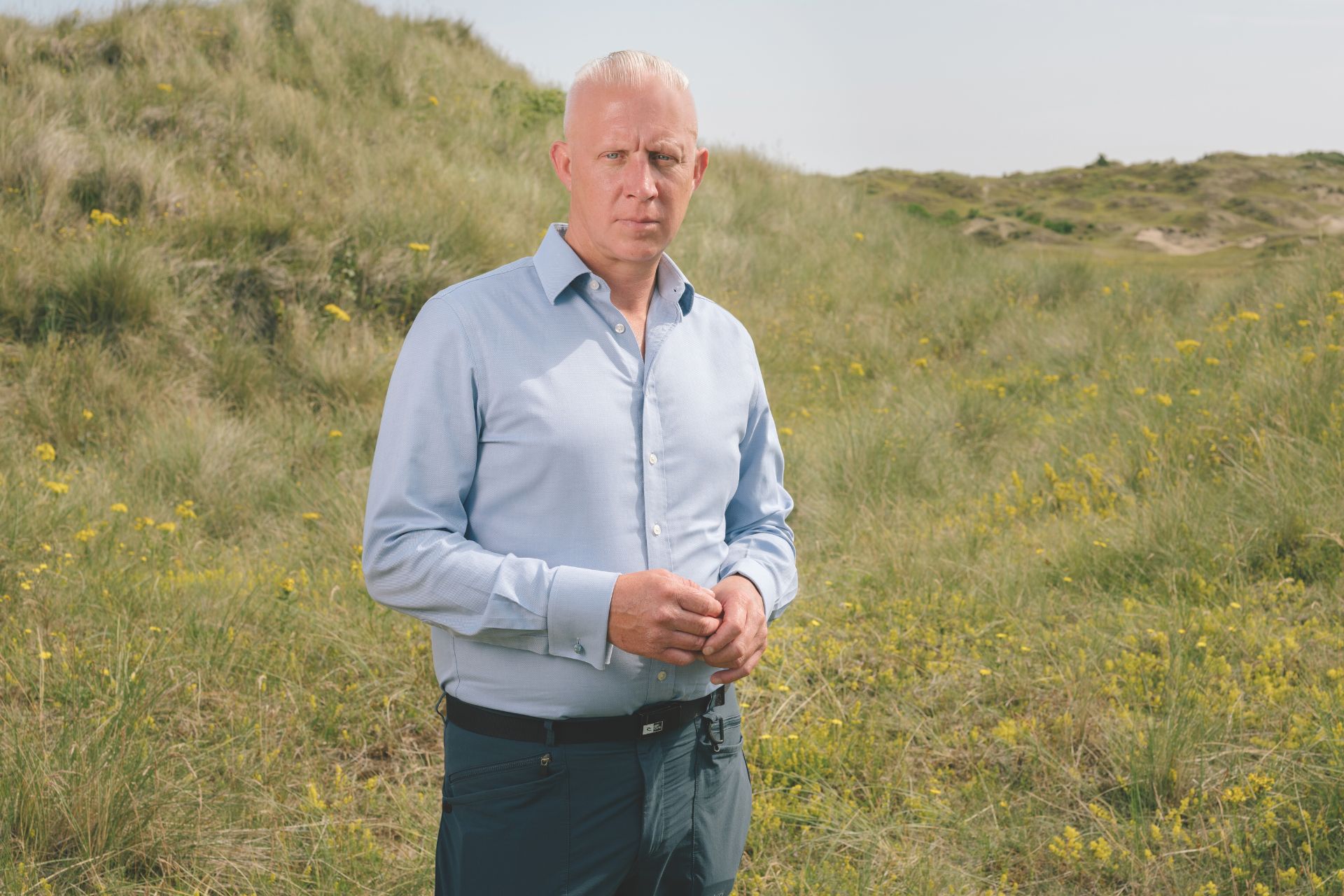
Jake Fiennes, head of conservation at the Holkham Estate in north Norfolk
A Changing Landscape
Fiennes’ career on estates began in the late 1980s at Knepp Castle in West Sussex, and as a former keeper himself, he can see the changes that have come to the shooting environment. ‘In the 1980s people starting putting more and more birds down [to shoot] and the people that came shooting weren’t the country gent or the local vicar, but people from the City.’ This has encouraged the bigger-bagged days.
Fiennes moved to Holkham for his current role in 2018. ‘When I arrived I was told there were no stone-curlew at Holkham – now, we think we had eight territories this year.’ It’s a true team effort and it must be. ‘The keepers and the tractor drivers are saying, “I’ve found another pair of curlews, I’ve found another pair of oyster catchers.” It’s getting everyone working in synergy but also with their own objectives.’
Things are changing elsewhere, too. On Lord Bolton’s estate in North Yorkshire, head keeper Ian Sleightholm’s job title is imminently to change to ‘head of conservation’, in reflection of his changing role. Another keeper on a grouse estate in Northumberland has taken to surveying his area on a mountain bike in a full North Face get-up, making him seem more approachable to the walkers he encounters. And on the Whitbread family’s Southill Estate in Bedfordshire, head keeper Paul Dunn has successfully removed non-native muntjac and in-so-doing attracted back grasshopper warblers and nightingales in the estate’s quest to restore nature. In time, Southill hopes to reintroduce beavers.
For the keeper, whatever his job title may be, is the lynchpin between field sports and the natural environment. ‘I learned more about the Sussex countryside in a year and a half working with Charlie Mellor than I’d learned in the previous 62 years,’ says Morgan-Grenville. ‘These guys are country guys.’
Heirs and Graces: A History of the Modern Aristocracy by Eleanor Doughty is out now (£30, Hutchinson)

